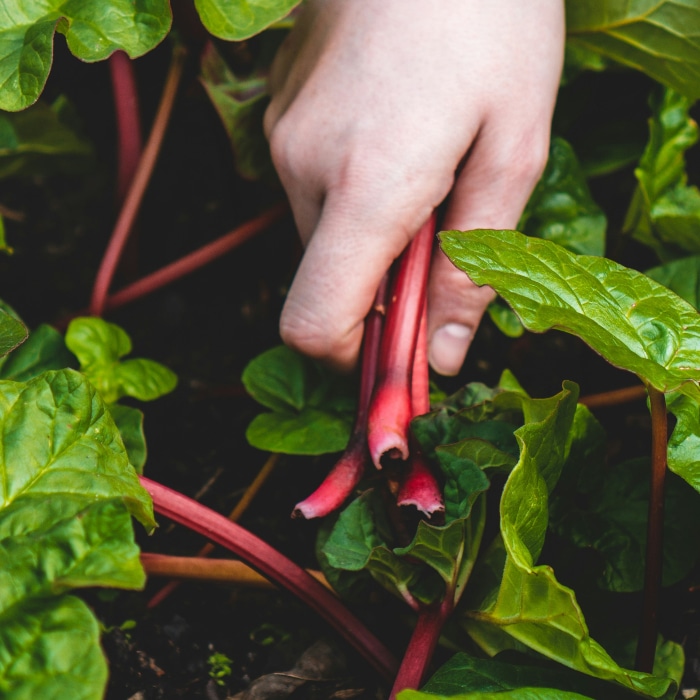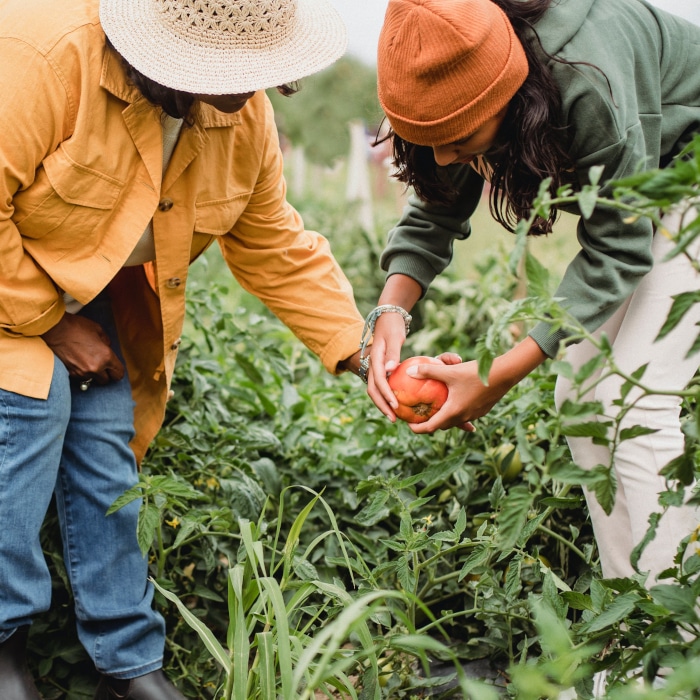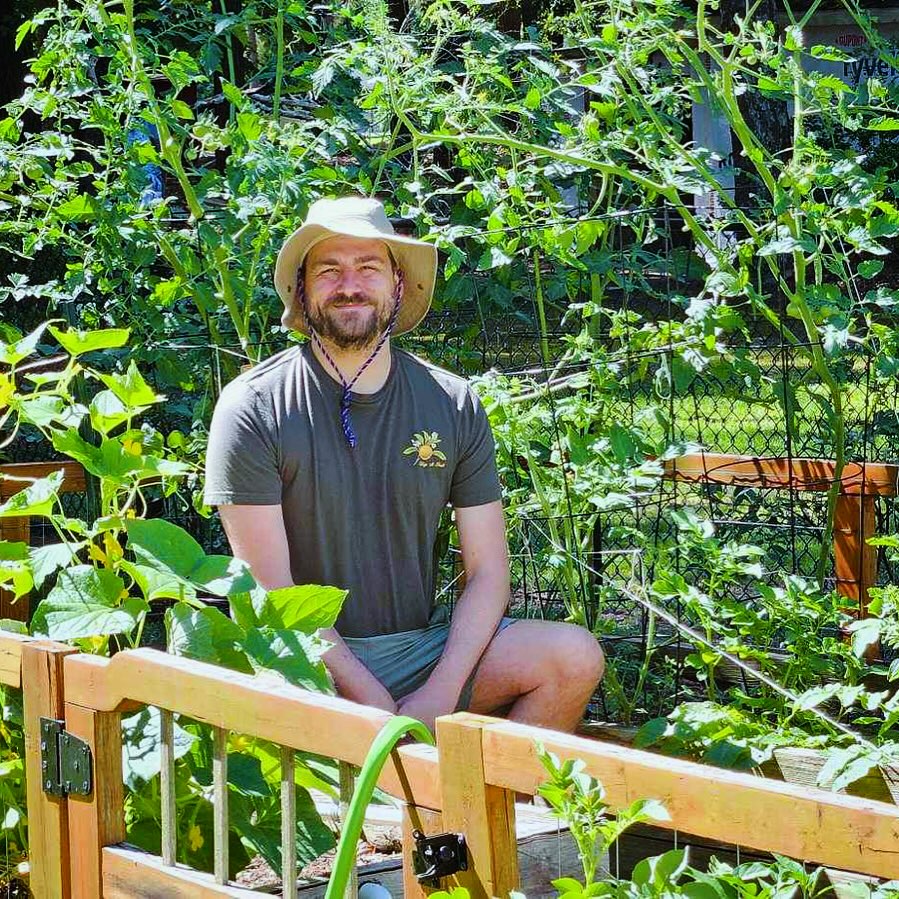Gardening and farming depend on a lot of factors, but none as important and often overlooked as the health of the soil. Despite careful efforts, when plants die and crops fail, the underlying issue frequently traces back to the soil itself.
The frustration of witnessing a garden’s failure, despite detailed care, highlights a gap in our gardening practice.
Herein lies the solution: soil nutrient analysis, an important yet accessible approach to diagnosing and improving soil health issues, setting the stage for sustainable farming practices.
TL;DR
We aim to:
- Highlight soil nutrient analysis as an important step for diagnosing soil health issues and setting up a plan for sustainable gardening.
- Describe the detailed process of collecting and preparing soil samples for analysis to ensure accurate results.
- Explain how to interpret soil analysis results, focusing on nutrient deficiencies, soil pH, and their impact on plant health.
- Discuss the strategic application of organic amendments, like compost and green manures, informed by soil analysis to address soil imbalances.
- Emphasize the role of informed soil management in promoting environmental stewardship and enhancing garden productivity through sustainable practices.
The Importance of Soil Health
Soil is not simply the medium in which plants grow; it is a colorful ecosystem central to plant health and agricultural productivity. Recognizing the soil’s pivotal role in gardening led me to explore a specific type of soil testing known as a soil nutrient analysis.
This exploration was started by a decline in my garden’s vitality, signaling a disconnect between the plants’ needs and the soil’s condition. Soil health involves the balance of nutrients essential for plant growth, including nitrogen, phosphorus, and potassium, organic matter content, alongside pH levels determined using a soil pH tester. This balance is important for sustaining plant life and, in a greater way, our own.

Harvesting vibrant red rhubarb stalks from rich soil, a practice that can benefit from soil nutrient analysis to ensure healthy growth.
What is Soil Nutrient Analysis?
Soil nutrient analysis involves testing soil samples to gauge the concentration of essential nutrients and determine soil pH levels. This analysis provides a snapshot of the soil’s fertility status, offering insights into necessary amendments to bring about desired plant health.
The process highlighted the deficiencies in my garden’s soil, guiding me towards specific remedies. By understanding the specific needs of my soil, I could design my gardening practices to support a thriving ecosystem.
How to Conduct a Soil Nutrient Analysis
Embarking on soil nutrient analysis begins with the meticulous collection of soil samples. This task, while seemingly straightforward, demands precision and a methodical approach to accurately assess the soil’s condition. The objective is to obtain a sample that truly represents the area you wish to improve.
This involves avoiding any potential contamination sources such as recent fertilizer applications or unusual spots like under a tree or near a roadway.
The process I adopted involved using clean, rust-free tools to avoid adding metal contaminants to the sample, and using a soil moisture meter to select a dry day for collection. Picking a dry day helped to prevent moisture from messing up the results. Sampling at a consistent depth is very important; for vegetable and flower gardens, a depth of 6-8 inches is ideal, mirroring the root zone of most plants.
From various points in my garden, I collected small amounts of soil, combining them into a single, well-mixed sample. This composite sample was then air-dried on a clean surface before packaging for analysis. This careful preparation ensured the sample accurately represented my garden’s overall soil health, necessary for obtaining actionable insights from the soil analysis.
Interpreting Soil Analysis Results
The moment of receiving the soil test results was transformative, informing me of the unseen needs of my garden. The report detailed the levels of essential nutrients—nitrogen, phosphorus, potassium—and the soil’s pH, offering a view into the invisible challenges for my garden’s life. For instance, the analysis highlighted a significant nitrogen deficiency, explaining the yellowing leaves and stunted growth I observed in my plants.
Like the data from my soil texture analysis, interpreting these results helped me to recognize the immediate need for a balanced approach to amending my garden’s soil. Adjusting the pH was my first step, aiming for the desired range that would unlock nutrient availability to plants. For my garden, this meant raising the pH slightly by incorporating ground limestone, a natural amendment that gently shifts soil conditions.
Following the detailed nutrient recommendations, I also added a balanced organic fertilizer to replace the deficient nutrients. This strategic application, based on the soil’s specific needs, supported an environment conducive to robust plant growth.
Over the seasons, as I witnessed the transformation in plant health and productivity, the value of interpreting and acting on soil analysis results became clear, marking an important achievement in my sustainable gardening practice.

Lush pink and blue flowering shrubs display the results of successful soil nutrient analysis, leading to vibrant, healthy blooms.
Adjusting Soil Based on Analysis
The switch from soil analysis to practical soil amendment was a process of discovery and refinement, guided by the goal of balancing my garden’s needs with sustainable practices. The adoption of organic amendments, specifically compost and green manures, was game changing. These natural enhancers not only corrected nutrient imbalances but also improved soil structure, boosting moisture retention and fostering a healthy soil ecosystem.
Adding in these amendments required a strategic approach, decided by the soil analysis. It revealed which nutrients were lacking and advised on the necessary adjustments. For instance, areas with too much phosphorus saw no further additions of this nutrient; instead, I focused on boosting elements like potassium, following the soil report’s guidance. This careful, targeted application of nutrients prevented over-fertilization and its associated environmental impacts.
pH adjustment emerged as another important aspect of soil management. Aligning soil pH to a desired level enhanced nutrient availability, a step made precise through the analysis findings. Lime application, for example, corrected acidic soil conditions, unlocking nutrient access for plants and leading to noticeable improvements in garden health and productivity.
This specific, informed approach to soil amendment, rooted in organic practices, was an example of a commitment to environmental protection. Witnessing my garden’s response—healthier plants and better yields—reaffirmed the value of blending scientific insights with natural gardening principles, achieving a balance that benefits both the garden and the broader ecosystem.

Two individuals are picking a ripe tomato in a lush garden, a scene where soil nutrient analysis has likely contributed to the successful cultivation of vegetables.
In Conclusion
Soil nutrient analysis exists as a foundational tool in sustainable farming, offering a pathway to rejuvenate gardens and farms through informed soil management. The transition from recognizing soil health’s significance to implementing targeted soil amendments has been a rewarding process, affirming the value of aligning gardening practices with ecological principles.
For those seeking to enhance their garden’s productivity and sustainability, soil nutrient analysis offers a starting point towards a deeper understanding of the land and its potential.
As we embrace soil nutrient analysis, we open ourselves to the possibilities of sustainable gardening, building a relationship with the environment that is informed, respectful, and nurturing. Let this approach guide us towards greener gardens, healthier crops, and a more sustainable future.







